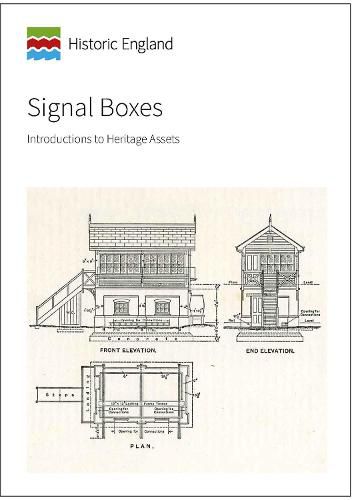Readings Newsletter
Become a Readings Member to make your shopping experience even easier.
Sign in or sign up for free!
You’re not far away from qualifying for FREE standard shipping within Australia
You’ve qualified for FREE standard shipping within Australia
The cart is loading…






We have a rich heritage of railway buildings, some over 180 years old. This guide gives an overview of one of the most distinctive types, the signal box. These evolved at the beginning of the 1860s from huts and towers housing railway policemen. They comprised an elevated and well-glazed operating room with levers controlling points and signals, and a locking room below with the lower part of the lever frame.
As with stations, the different railway companies had their own distinctive designs and liveries, and while most were of a fairly standard design, some signal boxes were one-offs, especially at major stations. There were still over 10,000 mechanical boxes in 1948 but numbers then fell, to 4,000 by 1970 and perhaps tenth of that today. Changing technologies mean there will be hardly any historic signal boxes remaining in active use on the public rail network in twenty years’ time.
$9.00 standard shipping within Australia
FREE standard shipping within Australia for orders over $100.00
Express & International shipping calculated at checkout
We have a rich heritage of railway buildings, some over 180 years old. This guide gives an overview of one of the most distinctive types, the signal box. These evolved at the beginning of the 1860s from huts and towers housing railway policemen. They comprised an elevated and well-glazed operating room with levers controlling points and signals, and a locking room below with the lower part of the lever frame.
As with stations, the different railway companies had their own distinctive designs and liveries, and while most were of a fairly standard design, some signal boxes were one-offs, especially at major stations. There were still over 10,000 mechanical boxes in 1948 but numbers then fell, to 4,000 by 1970 and perhaps tenth of that today. Changing technologies mean there will be hardly any historic signal boxes remaining in active use on the public rail network in twenty years’ time.